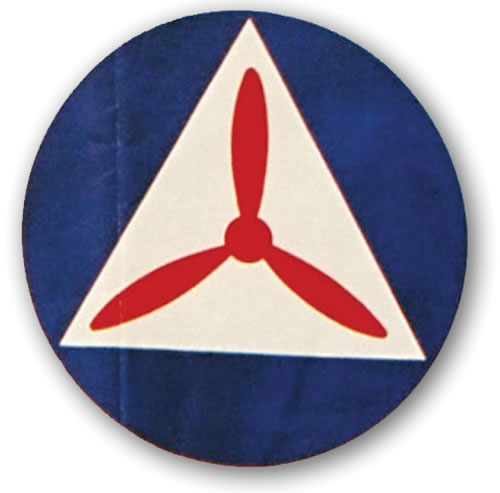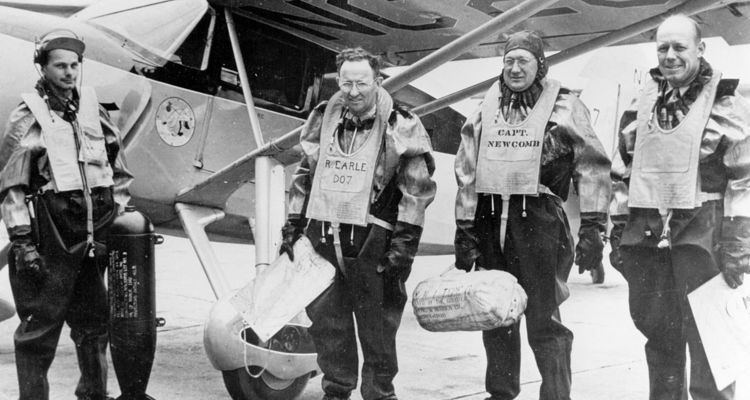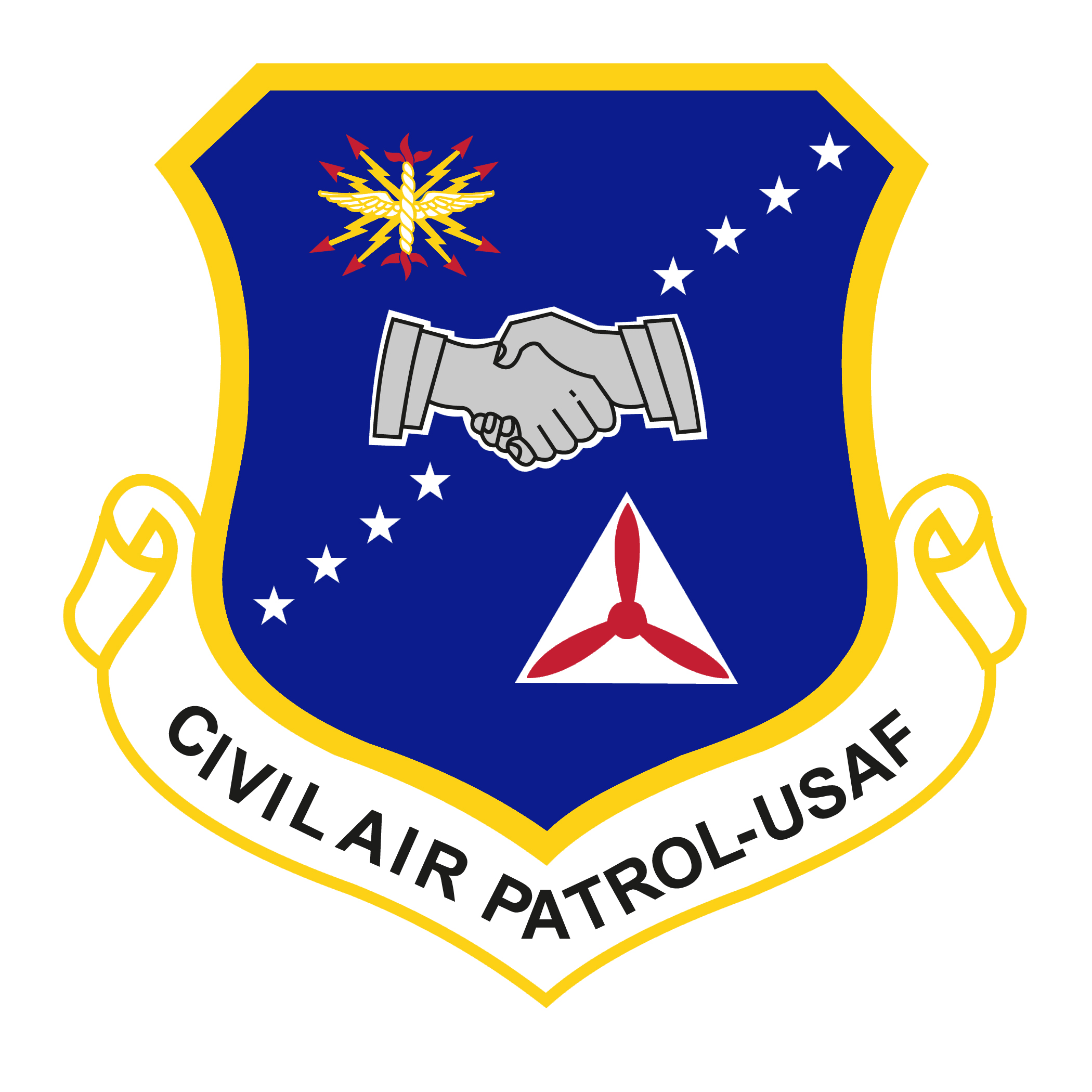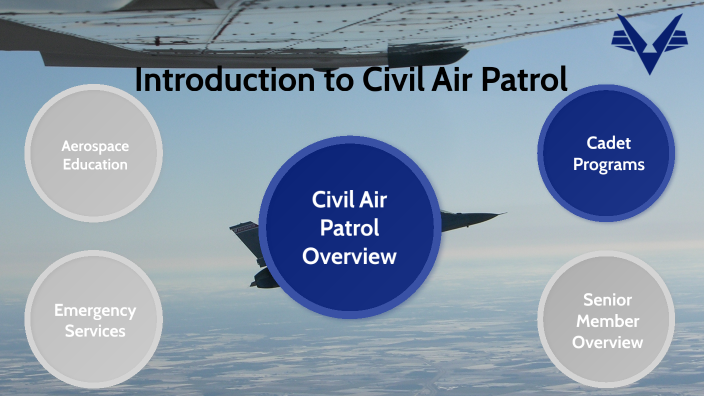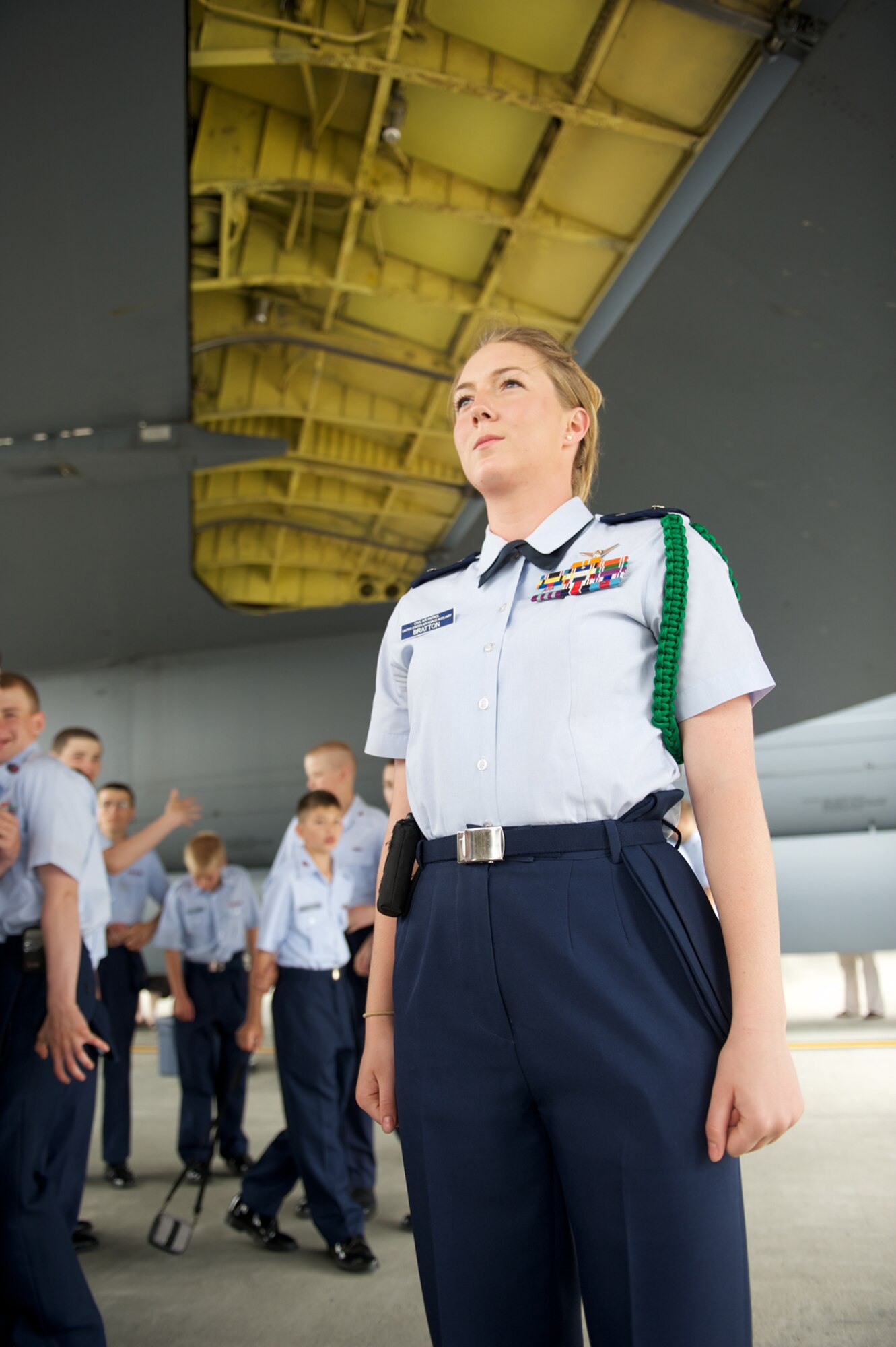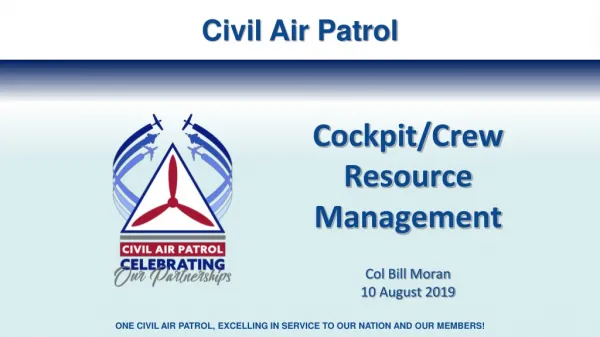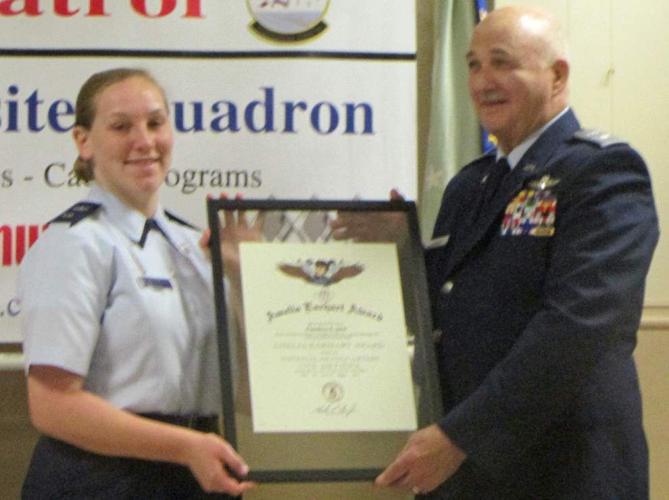When Was Civil Air Patrol Founded
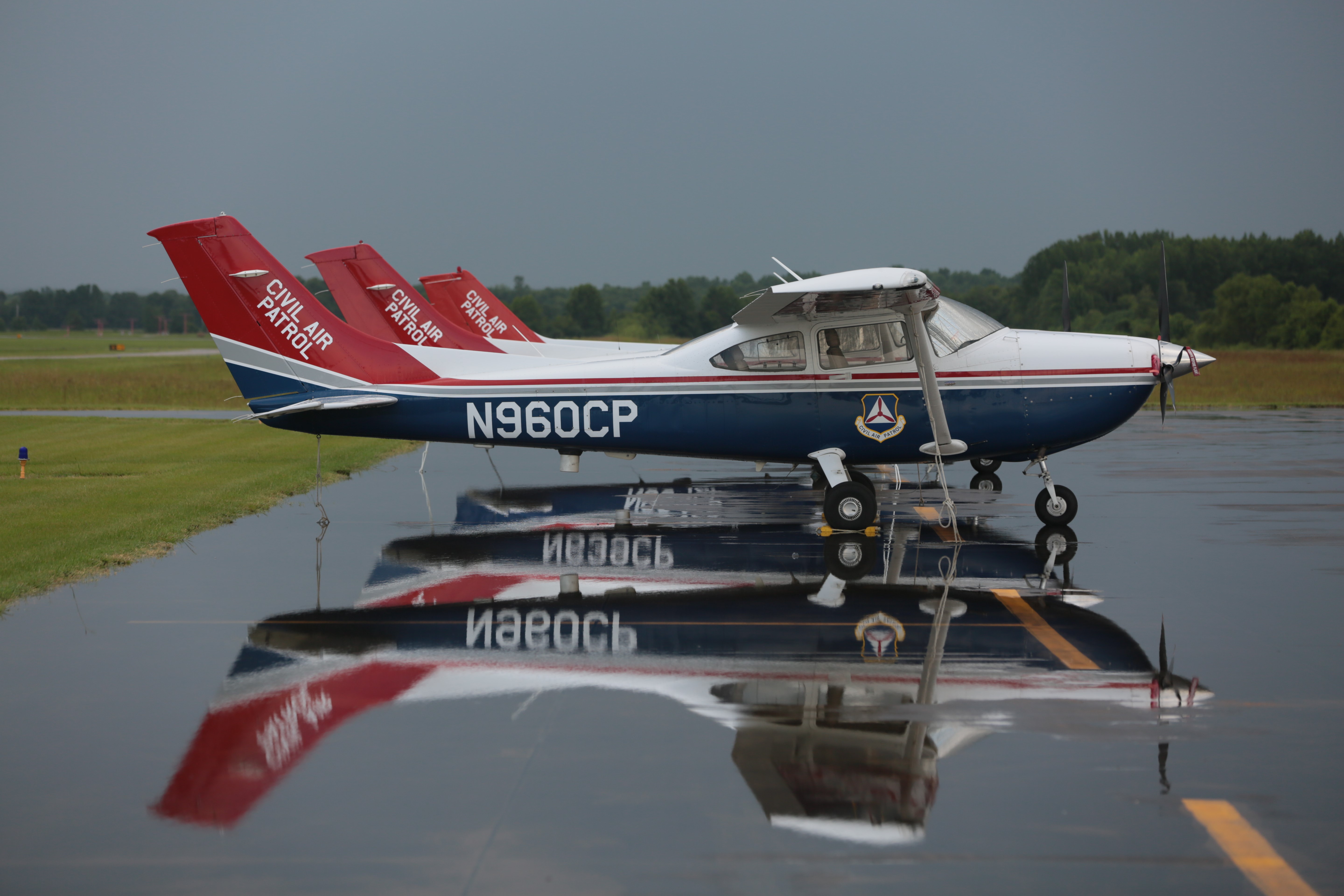
In the tumultuous days of World War II, as the shadow of conflict stretched across the globe and threatened American shores, a crucial question arose: How could civilians contribute to the nation's defense? The answer, born from necessity and ingenuity, materialized in the form of a unique organization that continues to serve the nation to this day.
At its core, this is the story of the Civil Air Patrol (CAP), a civilian auxiliary of the U.S. Air Force. This article will delve into its founding, exploring the precise date of its creation, the circumstances surrounding its formation, and its enduring legacy. We will examine the pivotal role it played during wartime, its transformation into a multifaceted public service organization, and its continued relevance in the 21st century, impacting communities nationwide.
The Dawn of a Civilian Air Force
The Civil Air Patrol was officially founded on December 1, 1941. This date marks the culmination of months of tireless advocacy and planning by civilian aviation enthusiasts and military officials. They recognized the untapped potential of America's vast civilian aviation resources.
Prior to the official establishment, a group of dedicated individuals, led by aviation advocate Gill Robb Wilson, championed the idea of a civilian air defense force. They envisioned utilizing private aircraft and volunteer pilots to patrol coastlines, guard critical infrastructure, and provide essential support to the military.
Wilson, New Jersey's Director of Aviation, was instrumental in shaping the organization's initial structure and mission. He successfully persuaded the federal government to authorize the creation of CAP, laying the groundwork for a vital national asset.
Wartime Service and Heroic Deeds
Immediately following its inception, CAP plunged into wartime service. Coastal patrols were its priority, guarding against enemy submarines lurking off the Atlantic and Gulf coasts.
Pilots flew unarmed civilian aircraft on these dangerous missions, spotting and reporting potential threats to the military. More than a few times, they even attacked submarines with makeshift bombs.
The contributions of CAP during World War II were significant.
"From March 1942 to August 1943, CAP pilots flew 24 million miles on coastal patrol. They spotted 173 submarines and attacked 57, sinking two."This quote highlights the tangible impact of their dedication and bravery.
Beyond coastal patrol, CAP also performed other crucial wartime tasks. These included search and rescue missions, courier service, and aerial photography.
They played a crucial role in disaster relief efforts and provided essential logistical support to military bases across the country. Its members often operated in challenging conditions, facing weather extremes and mechanical failures with limited resources.
Transformation and Expansion
Following World War II, the role of CAP underwent a significant transformation. While it remained committed to national defense, it expanded its focus to encompass a broader range of public service activities.
In 1946, Congress officially chartered CAP as a benevolent, nonprofit corporation. This legislation recognized its enduring value to the nation and solidified its role in supporting civil defense and aviation education.
Two years later, in 1948, Congress designated CAP as the official auxiliary of the U.S. Air Force. This formal affiliation provided the organization with access to resources, training, and equipment, further enhancing its capabilities.
The Three Primary Missions
Today, CAP fulfills three primary missions: aerospace education, cadet programs, and emergency services. These pillars guide its activities and define its contribution to society.
Aerospace Education: CAP is dedicated to promoting aerospace education in schools and communities. It provides resources, training, and curriculum support to educators, fostering an interest in science, technology, engineering, and mathematics (STEM) among young people.
Cadet Programs: CAP offers a comprehensive cadet program for youth aged 12 to 21. This program provides opportunities for leadership development, character building, and aerospace education through a structured curriculum and a variety of activities.
Emergency Services: CAP plays a vital role in emergency services, including search and rescue, disaster relief, and homeland security. It works closely with federal, state, and local agencies to provide trained personnel, aircraft, and other resources in times of crisis.
Civil Air Patrol in the 21st Century
In the 21st century, CAP continues to evolve and adapt to meet the changing needs of the nation. It is a vital partner in homeland security efforts, providing aerial surveillance, damage assessment, and other critical support to law enforcement and emergency management agencies.
The organization is increasingly involved in cybersecurity initiatives. Its members actively support efforts to protect critical infrastructure and combat online threats.
CAP is committed to innovation and technological advancement. It embraces new technologies, such as unmanned aerial vehicles (UAVs), to enhance its capabilities and improve its effectiveness.
The organization's enduring success is a testament to the dedication and commitment of its volunteer members. These individuals come from all walks of life, united by a common desire to serve their communities and their country.
Looking Ahead
From its humble beginnings as a civilian air defense force during World War II to its current role as a multifaceted public service organization, the Civil Air Patrol has consistently demonstrated its value to the nation.
Its founding on December 1, 1941, marked the beginning of a remarkable journey, one characterized by dedication, service, and innovation.
As CAP looks to the future, it remains committed to its core values and its mission of serving America's communities. With its unwavering commitment to aerospace education, cadet programs, and emergency services, the Civil Air Patrol will undoubtedly continue to play a vital role in shaping the future of aviation and safeguarding the nation for generations to come.


